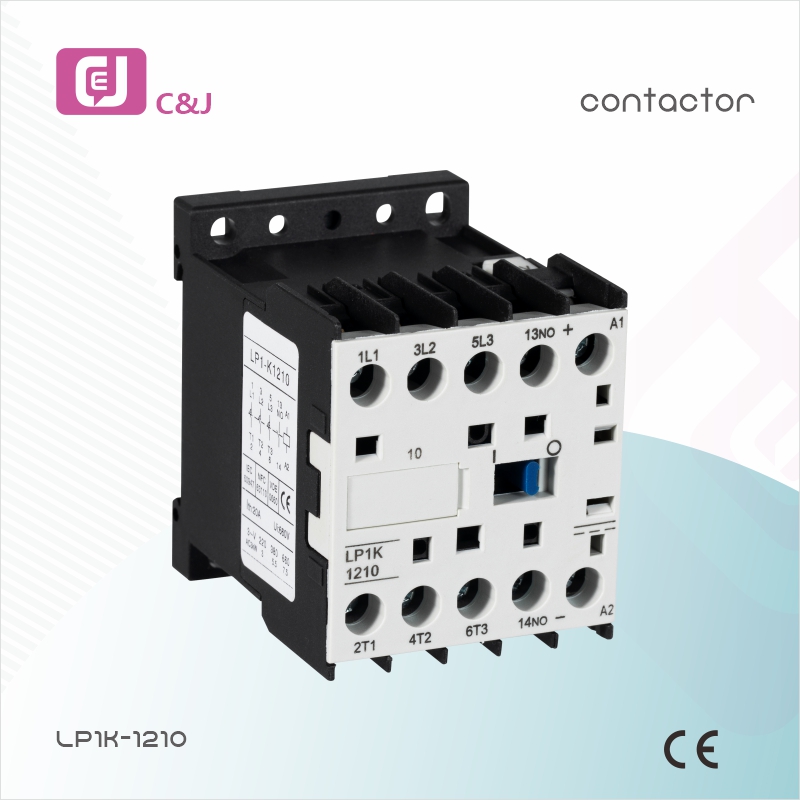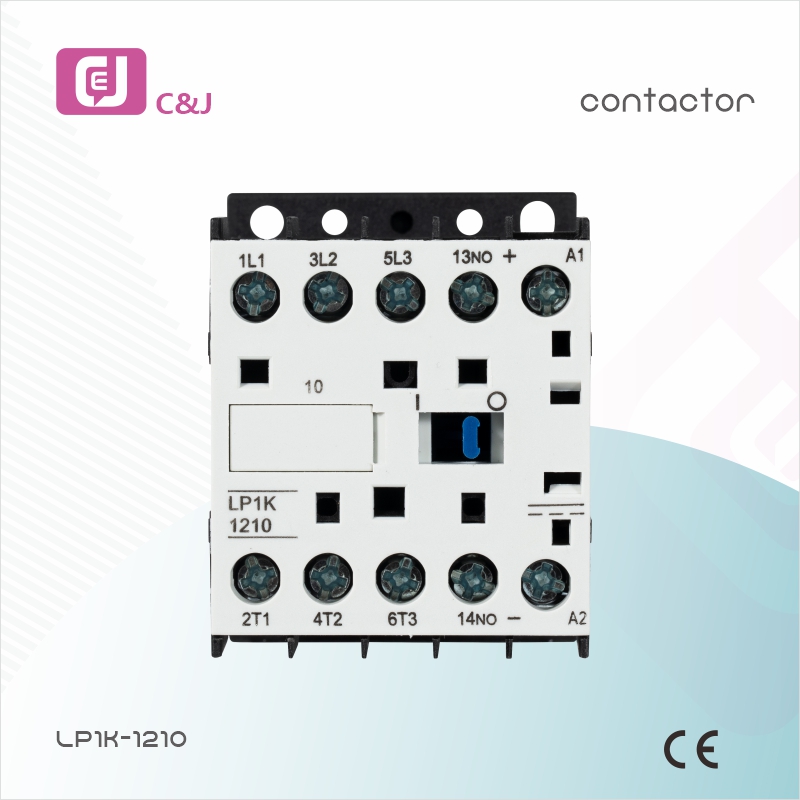Understanding AC Contactors: Essential Components in Electrical Systems
AC contactors are vital components in electrical systems, especially in industrial and commercial applications. These electromechanical devices are designed to control the flow of electrical current to various devices, such as motors, lighting systems, and heating units. By understanding the functions, types, and applications of AC contactors, one can understand their importance in modern electrical engineering.
What is an AC contactor?
An AC contactor is essentially an electronic switch. It is used to control the power supply to electrical equipment, allowing the equipment to be turned on or off remotely. The main function of an AC contactor is to connect or disconnect a circuit, thereby ensuring the safe operation of high-voltage equipment. Unlike ordinary switches, contactors can handle higher currents and voltages, making them ideal for industrial applications.
Working Principle of AC Contactor
The working principle of AC contactors is based on the principle of electromagnetism. When current flows through the coil of the contactor, a magnetic field is generated, which attracts the movable armature. The armature closes the contacts, allowing current to flow to the connected load. When the current is cut off, the magnetic field disappears and the spring mechanism resets the armature, opening the contacts and cutting off the current.
Types of AC contactors
There are many different types of AC contactors, each with a specific purpose. The most common types include:
1. Standard AC contactors: These contactors are used in general applications, such as controlling motors and lighting systems. They are available in different sizes and current ratings to suit a variety of loads.
2. Heavy Duty AC Contactor: Heavy duty contactors are designed for high load applications and can handle higher currents and are typically used in motors and heavy machinery in industrial environments.
3. Reversing AC Contactors: These contactors are used to control the direction of the motor. Using two contactors can reverse the polarity of the motor, allowing it to run in both forward and reverse directions.
4.Contactor Relay: These devices combine the functions of relays and contactors to provide control and protection for circuits.
Application of AC contactor
AC contactors have a wide range of uses, including:
- Motor Controls: They are essential for starting and stopping electric motors, providing a safe and efficient method to manage the operation of the motor.
- Lighting Control: In commercial buildings, contactors are used to control large lighting systems for centralized control and automation.
- HVAC Systems: AC contactors play a vital role in heating, ventilation and air conditioning systems, controlling compressors and fans.
- Industrial Equipment: In manufacturing and processing plants, contactors are used to control machinery and equipment, ensuring safe and reliable operation.
In short
In summary, AC contactors are an integral component in electrical systems, providing control and safety for a wide variety of applications. They are capable of handling high currents and voltages, making them suitable for industrial and commercial use. Understanding the functions and types of AC contactors can help engineers and technicians make informed decisions when designing and maintaining electrical systems. As technology continues to evolve, AC contactors will continue to play a key role in ensuring that electrical equipment operates efficiently and safely.
Post time: May-13-2025



